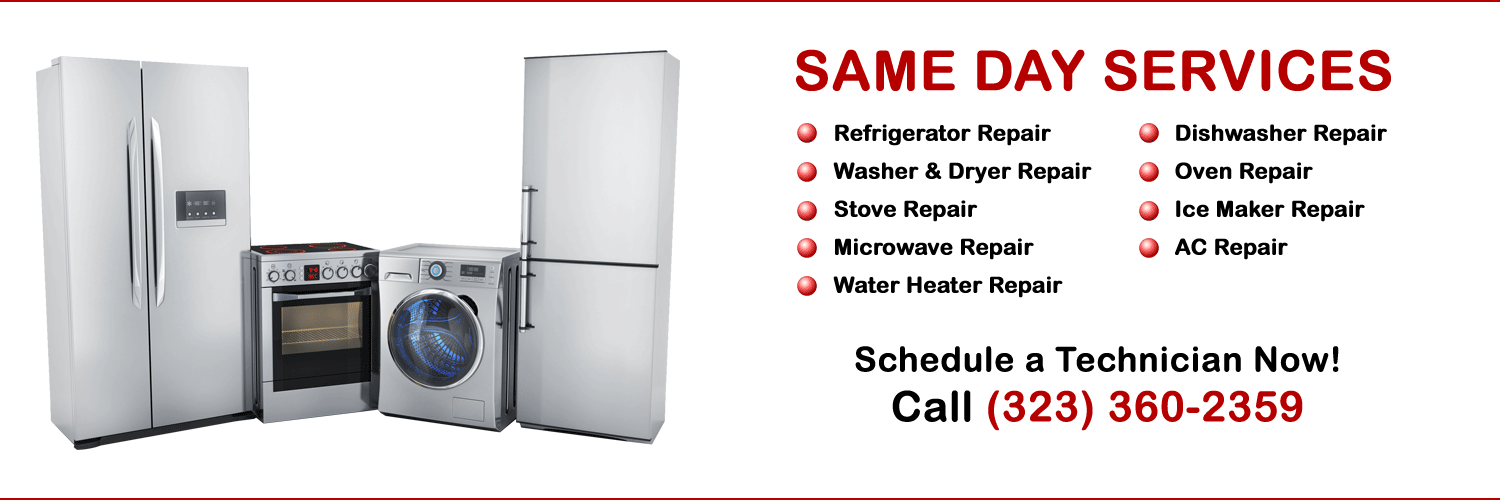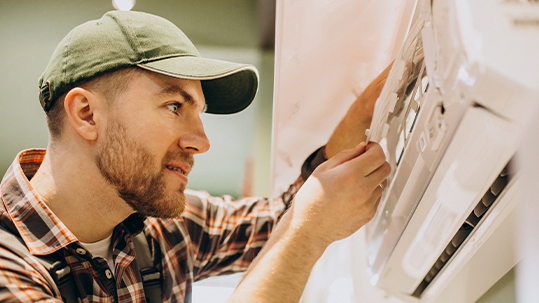LINK BETWEEN AC REPAIR AND ALLERGY SEASON
Here’s the thing: pollen doesn’t politely stay outside. It rides in shoes, clothes, and even pets’ fur. Once indoors, it floats around and eventually ends up inside the air conditioning system. If the filter is clogged or the coils are dirty, the system doesn’t trap those particles; it redistributes them. That’s why some families notice their symptoms flare up more at night, when the house is closed tight and the AC runs nonstop. It isn’t just pollen. Dust mites, pet dander, and mold spores all sneak into circulation when the system isn’t maintained. Suddenly, what should feel like a safe escape from the season becomes another trigger zone.
The Filters
If there’s one part of an AC system that deserves more credit, it’s the filter. When it’s clean, it acts like a net, catching all the particles nobody wants to breathe in. Leave it too long, though, and it gets saturated. At that point, not only does it stop trapping dust, but it sometimes releases old debris back into the air. The fix is simple: change filters regularly. For most homes, that means every one to three months. In houses with pets, kids, or anyone sensitive to allergens, high-efficiency filters are worth considering. They grab finer particles and keep the air noticeably fresher.
The Ducts
Filters handle the first line of defense, but ductwork hides another story. Over the years, ducts collect dust, pet hair, and even bits of insulation. Every time the system kicks on, that buildup stirs and flows into the rooms. People often think their cleaning routine is enough, but vacuuming and dusting can’t do much when the source is hidden in the walls.
A professional checkup and occasional duct cleaning stop this cycle. Sealing leaks also prevents extra debris from entering the system. It isn’t something homeowners do every season, but when allergies seem worse than usual, ducts are often part of the reason.
Moisture
Another big factor in allergy flare-ups is mold. All it needs is a little moisture, and an air conditioner with a clogged drain line or dirty coils provides the perfect setting. Once mold spores are in circulation, they trigger the same reactions as pollen, like sneezing, coughing, and even skin irritation. Regular maintenance includes inspecting drain pans, unclogging lines, and cleaning coils. Those small steps reduce the chance of mold taking root in the system. It’s not glamorous work, but it makes a noticeable difference in how the air feels.
Why Opt For Professional Maintenance?
Another big factor in allergy flare-ups is mold. All it needs is a little moisture, and an air conditioner with a clogged drain line or dirty coils provides the perfect setting. Once mold spores are in circulation, they trigger the same reactions as pollen, like sneezing, coughing, and even skin irritation. Regular maintenance includes inspecting drain pans, unclogging lines, and cleaning coils. Those small steps reduce the chance of mold taking root in the system. It’s not glamorous work, but it makes a noticeable difference in how the air feels.


